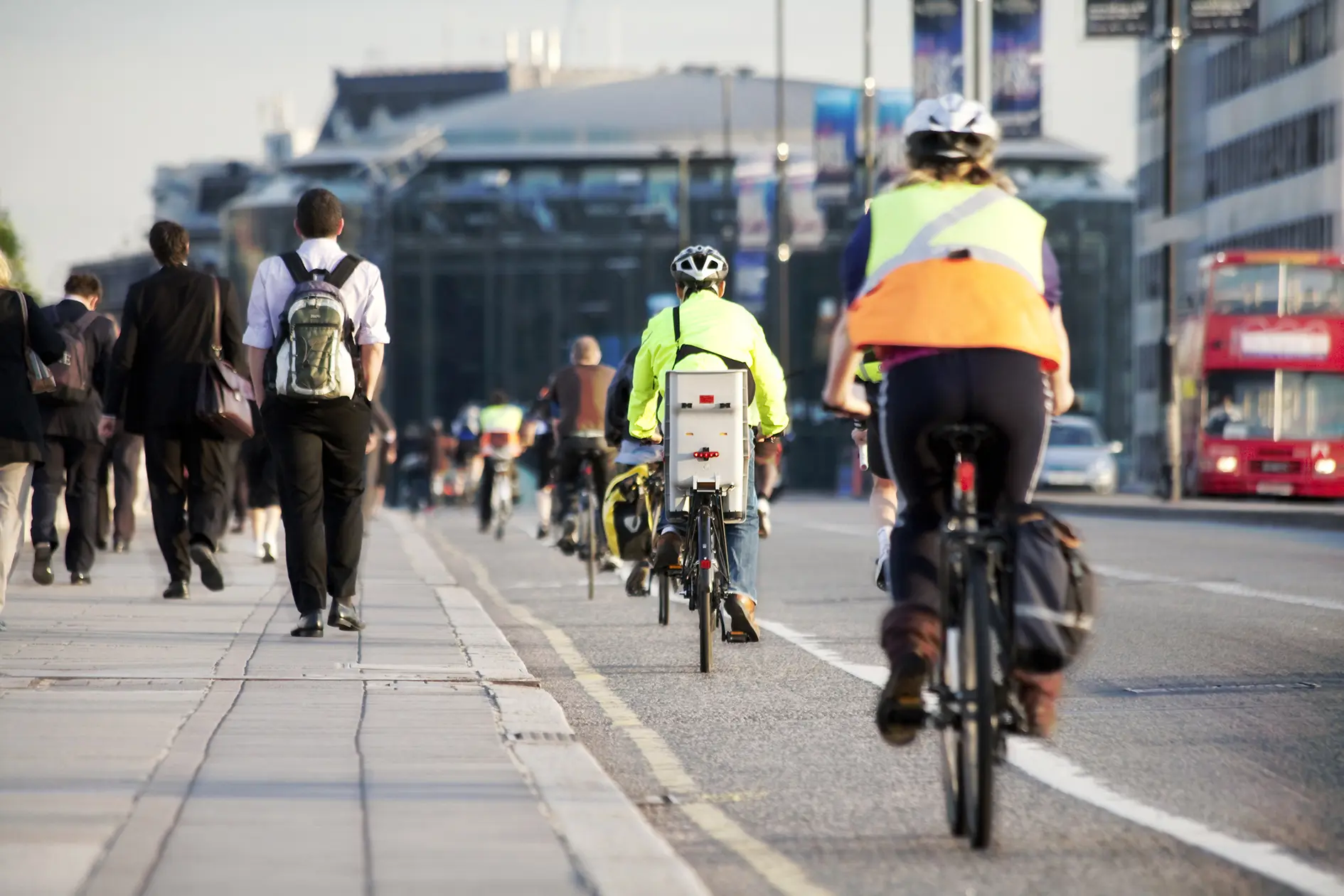
Van Driver Toolkit – Other Road Users
Did you know?
- In 2019, there were 60 fatalities involving vans and vulnerable road users.
- 62% of cyclists killed or seriously injured were involved in collisions at, or near, a road junction.
- Post collision, drivers could face financial claims from a vulnerable road user covering their loss of wages, medical expenses and any recovery treatment.
Drivers should take extra care to avoid collisions with vulnerable road users, because a pedestrian, cyclist, motorcyclist, or horse rider will always come off worse than them. Drivers should check…
Learn more and share with your drivers – access all 36 modules of
